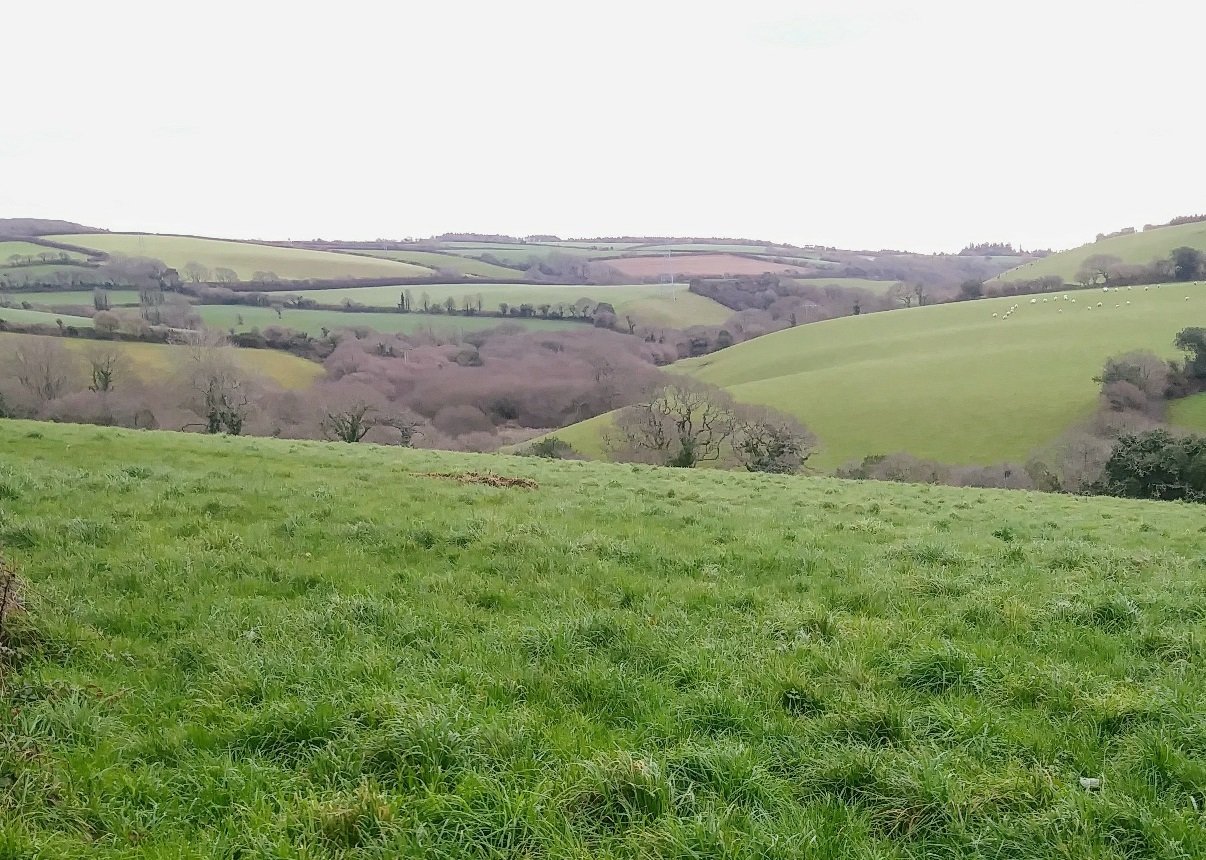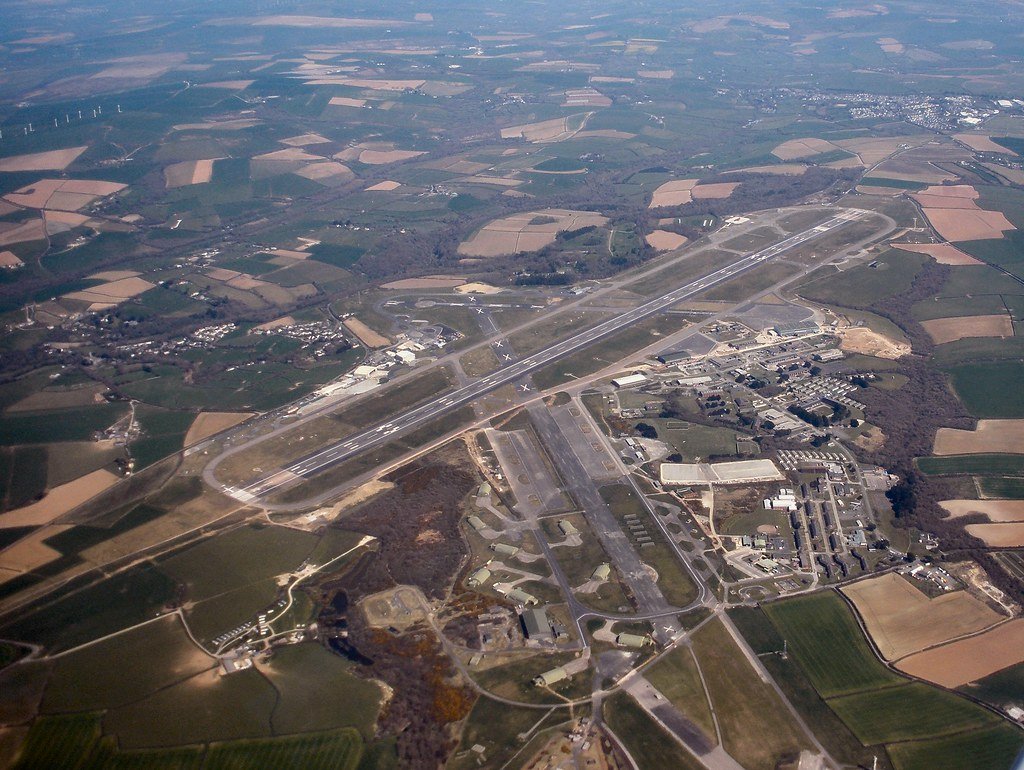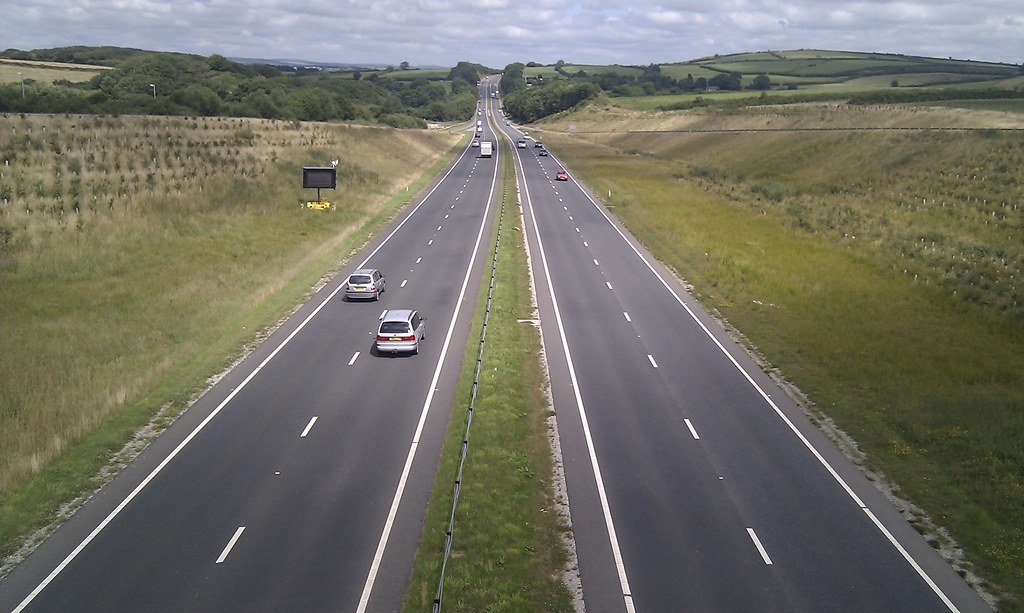
In 2019, Cornwall Council declared a climate emergency – but you wouldn’t guess it from some recent developments.
Cornwall Council’s declaration of a climate emergency in January 2019 was accompanied by similar declarations by numerous Cornish town and parish councils, and was warmly welcomed by environmental campaigners. It seemed local councillors had finally grasped the scale of the crisis facing the world, and the urgent need to take meaningful action at every level – including in our own communities.
To the Council’s credit, it has undertaken a lot of serious work since then to put flesh on the bones of its admirably ambitious stated aim – to achieve carbon neutrality in Cornwall by 2030. This has involved consulting with local residents and organisations, with their input feeding into a Climate Emergency Development Plan Document (DPD) that should be published soon and that will cover areas from renewable energy and transport to community resilience and natural climate solutions.
The Council has also set out plans for a Forest for Cornwall – the aim being to plant some 8,000 hectares of trees and strengthen protection for existing woodlands and hedgerows. And it has secured funding from central government to start work on a pilot programme of whole-house retrofitting to make residents’ homes more energy efficient.
Meanwhile, however, various “developments” in Cornwall have been proceeding as if there were no tomorrow – or perhaps as if the real need were to prevent a better tomorrow from ever dawning.
Hardly had the Council passed its climate emergency declaration than it announced a plan to spend £12 million on the development of a spaceport at Newquay Airport. The idea is for the site to be used to launch satellites from modified 747 jumbo jets owned by Richard Branson’s Virgin Orbit, a spin-off from Branson’s Virgin Galactic space tourism company. An odd priority, given that many towns and villages in Cornwall suffer from inadequate public transport links and Cornwall is still waiting for electrification of its main rail line.
Construction of spaceport facilities has been delayed by the pandemic, but the intention is for it to open next year, supposedly as “the most sustainable spaceport in the world” (whatever that may mean).

In April of last year, while all Council planning meetings had been put on hold by the pandemic, Cornwall Council completed the £36 million purchase of land at Langarth, outside Truro, to kick-start the building of what is effectively going to be a whole new town on greenfield sites. And last month, work began on a “dualling” of the A30 between Carland Cross and Chiverton that will create an entirely new stretch of road in addition to the existing route of the A30.
Lucy Trinder of local environmental protection group ‘These Fields Have Names’, said:
“This new road will obliterate 75 to 90 acres of old fields and farmland with tarmac, and its embankments and verges will take many more than that, causing irreparable damage to our natural environment. Homes, fields, hedges, trees, wooded areas, wildlife all destroyed – and for what? A reduction in long-distance journey times of about eight minutes. That’s how much the drive time from Highways England HQ in Guildford to Camborne will be reduced – from 4 hours 36 minutes to 4 hours 28 minutes.”
Some town councils in Cornwall also seem to be interpreting their declarations of climate emergency somewhat loosely, to put it mildly. In Helston, for instance, councillors recently announced plans to facilitate the commercial development of greenfield land at Hospital Cross, outside the town, on land currently owned by the Downsland Trust (of which the councillors are trustees).
It’s unclear how they see covering two hectares of green fields with tarmac and concrete as helping to address the climate emergency. This land currently sequesters a large amount of carbon and is also part of a wildlife corridor between the Penrose Estate and the Helford Valley, home to a rich range of animal, bird and plant life. The plan is to replace this with an out-of-town supermarket and a new McDonalds.
As Katharine Lewis, a member of Helston Climate Action Group, said: “There are many better uses for the green space at Helston Cross that would allow it to keep its vital role as a wildlife corridor and carbon sink, and still create employment and training opportunities for local people. As a community orchard or farm, for instance – both of which could be real assets for local people.

“This development will do absolutely nothing to help local businesses and revive Helston town centre, which have already been hard-hit by the pandemic. In fact, the effect will be to suck custom away from the local businesses who so desperately need it.
“We’ve worked incredibly hard over the past two years to turn our town’s climate aspirations into reality. This decision risks undermining everything we have achieved and making our already challenging task even harder.”
It’s true that some planning decisions have effectively been taken out of the hands of local authorities, and Boris Johnson’s government evidently intends to make it even easier for developers to do as they please, irrespective of the wishes of local residents or the urgent need to protect the climate and natural environment from further destruction.
But that doesn’t remove the duty of local councillors to ask of every decision they are able to make: “Is this really compatible with what we need to be doing in a climate and ecological emergency?”
And if the answer is “No”, they urgently need to think again.





